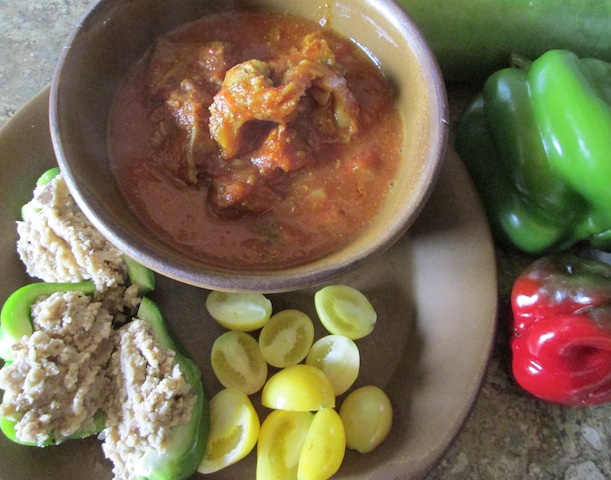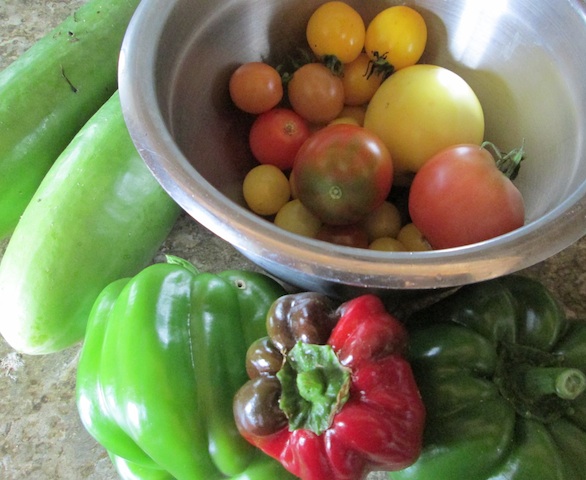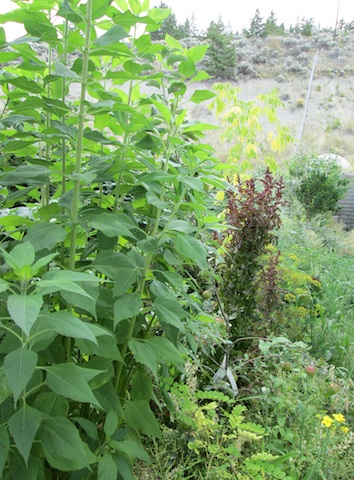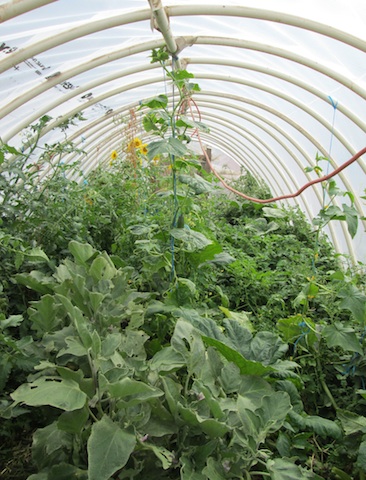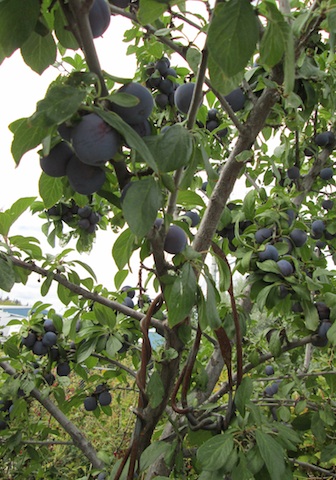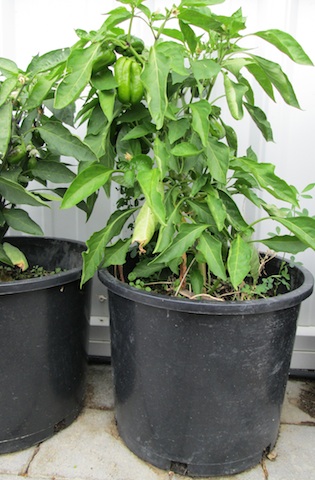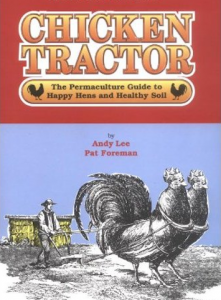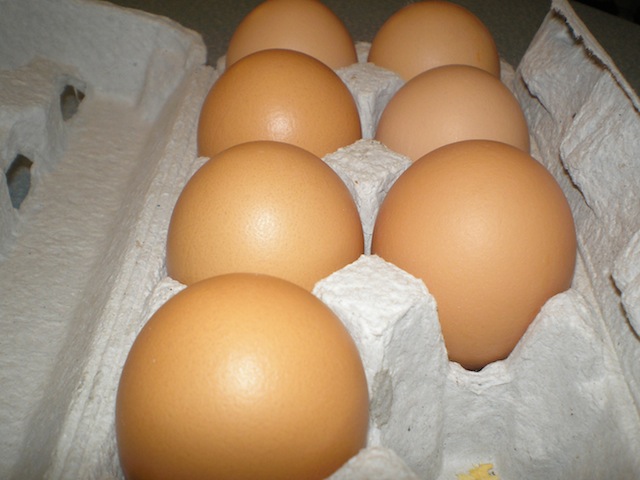
Here are the hens getting used to the new location after a move. They really like lawn clippings for their nesting boxes.
GUEST POST by Shaen Cooper
I guess an occupational hazard of running a mobile storage company like GO BOX Storage, is wanting to make everything “mobile”. Over the last few years, I have moved away from permanent structures to mobile structures for our permaculture activities. There is a real flexibility in going mobile.
There is no right or wrong way to do mobile housing. Nor will everything I do work in all situations but the idea of mobile housing for livestock should be considered. Many of us move regularly and having mobile housing will save money and increase choice. Moving livestock to new location — at least seasonally — will break the pathogen cycle and help maintain healthy livestock. The elements of our Mobile Chicken Housing are:
- A chicken hutch that can be moved with a forklift.
- Fencing that can be rolled up and moved to another location. The posts can be removed and used again.
- We use goboxes for storing livestock feed and farming equipment. The goboxes are moved with a forklift, making moving a breeze.

This mobile chicken house can be moved with a forklift. The tarp catches the chicken manure for later use in the garden or to super-charge the compost pile.
I use cement blocks and wood shims to level the mobile chicken house so any slope is suitable. The white tarp is to catch the chicken manure that falls through the mesh floor of the chicken house. The mesh floor makes a healthy environment for the chickens and avoids to onerous task of mucking out the chicken house.
Chickens are not vegetarians. Chickens are omnivores, like us. Their favorite food is bugs and they spend all day scratching to find their preferred food. Chickens that lay eggs need a very high fat and protein diet or they will stop laying.





